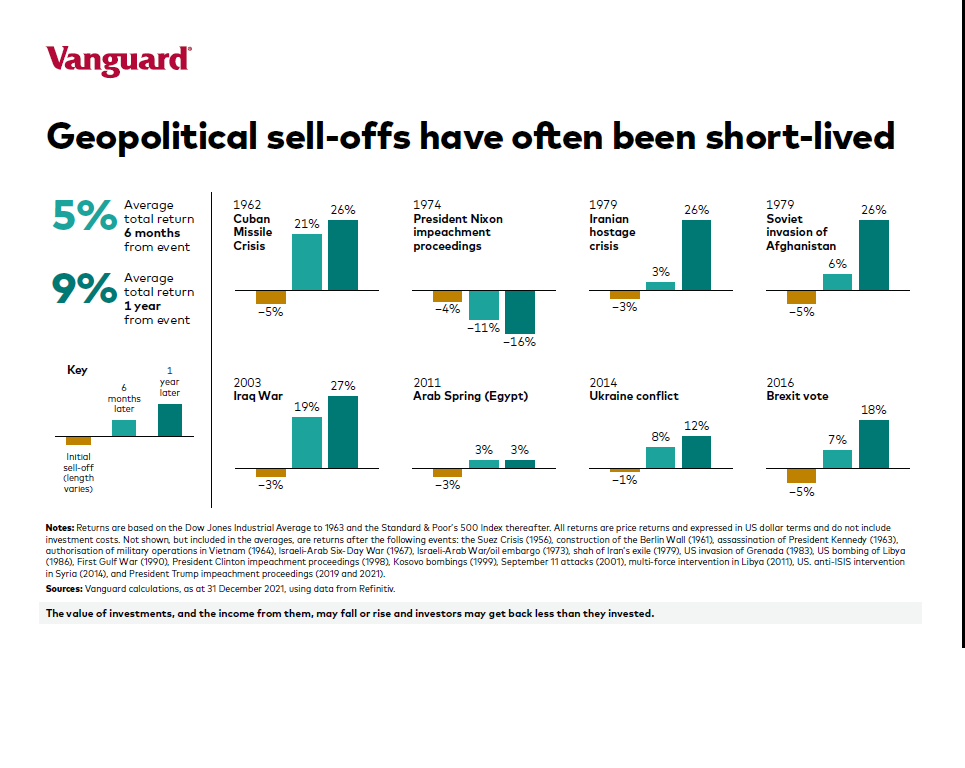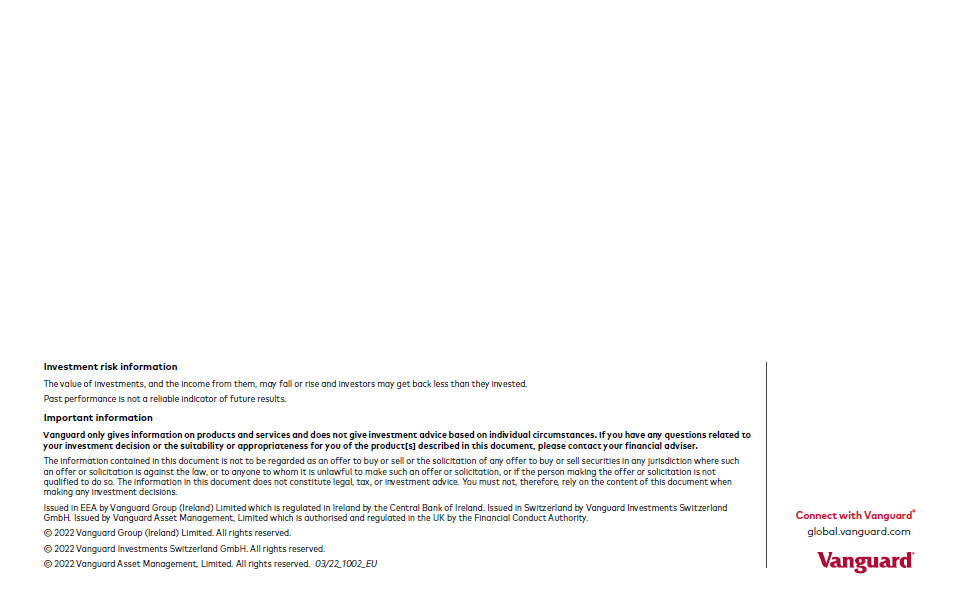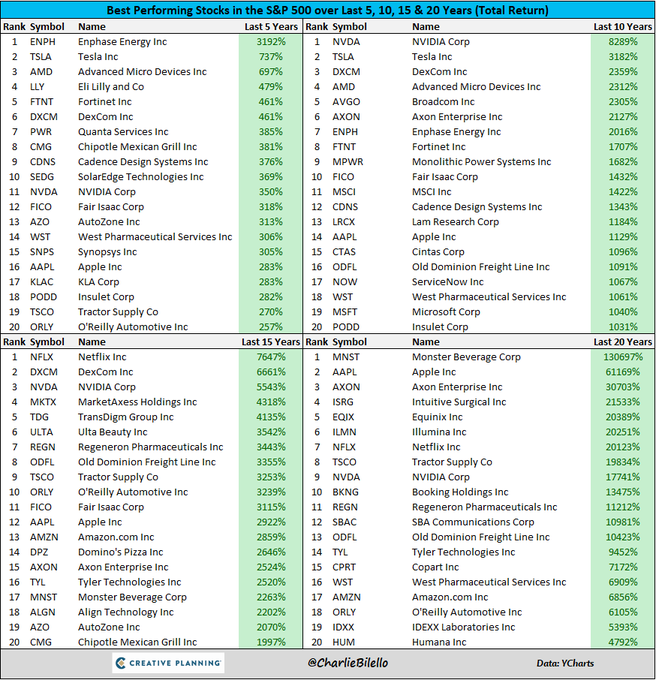Cement is one of the most important materials in the world second only to water. Since millennia cement has been used in construction. Recently we looked at the astonishing durability of cement. The following infographic shows how cement is made:
Click to enlarge
Source: World Cement Association
Related:



